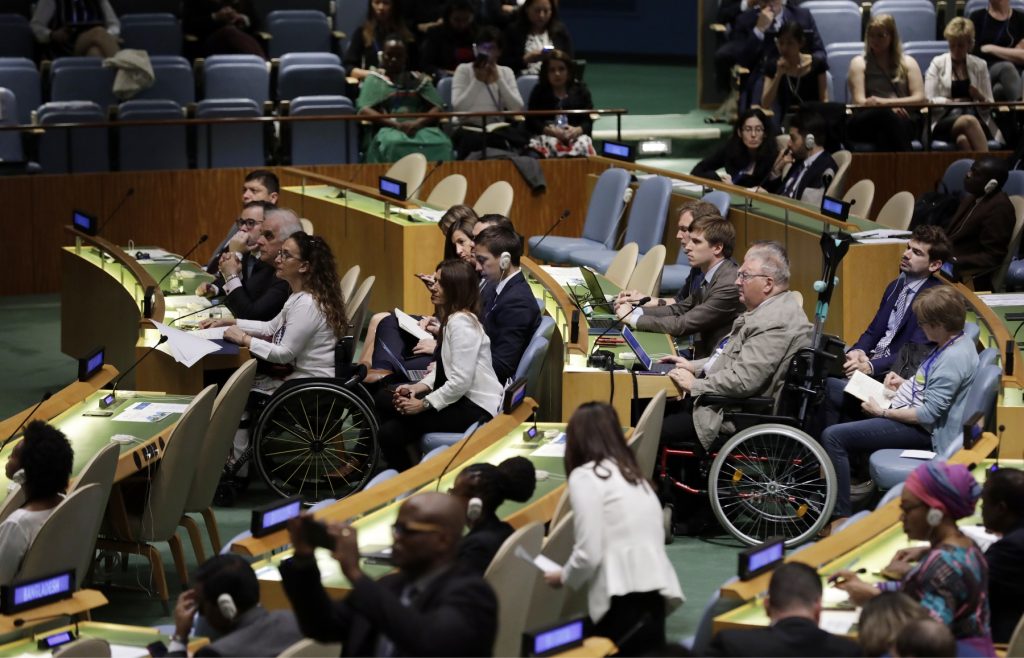THE UN CONVENTION ON THE RIGHTS OF PERSONS WITH DISABILITIES
The Convention on the Rights of Persons with Disabilities was adopted by the UN General Assembly on 14 December 2006 and entered into force on 3 May 2008. It has been ratified by 177 states to date. The aim of the convention is to achieve the social inclusion of persons with disabilities. It affirms that human rights also apply to those with disabilities. Moreover, the Convention also contains special regulations relating to the living situation of people with disabilities. Article 24 of the Convention calls, for example – based on the principle of equality – for an inclusive education system at all levels and lifelong learning for people with disabilities.
Germany was one of the first countries to sign the convention. The signing ceremony took place on 30 March 2007. Upon ratification, the Convention final- ly entered into force in Germany on 26 March 2009. In ratifying the Convention, Germany has undertaken to submit regular reports to the UN Committee on the Rights of Persons with Disabilities on the enforcement of the rights of people with disabilities in Germany and the progress made in this context. Germany last submitted its second and third periodic report together in October 2019. The report summarises the reporting periods since 2015 and was also submitted in braille.

Excerpts from the Convention on the Rights of Persons with Disabilities:
Article 1 Purpose
The purpose of the present Convention is to promote, protect and ensure the full and equal enjoyment of all human rights and fundamental freedoms by all persons with disabilities, and to promote respect for their inherent dignity.
Article 3 General Principles
The principles of the present Convention shall be:
- Respect for inherent dignity, individual autonomy including the freedom to make one’s own choices, and independence of persons;
- Non-discrimination;
- Full and effective participation and inclusion in society;
- Respect for difference and acceptance of persons with disabilities as part of human diversity and humanity;
- Equality of opportunity;
- Accessibility;
- Equality between men and women;
- Respect for the evolving capacities of children with disabilities and respect for the right of children with disabilities to preserve their identities.
